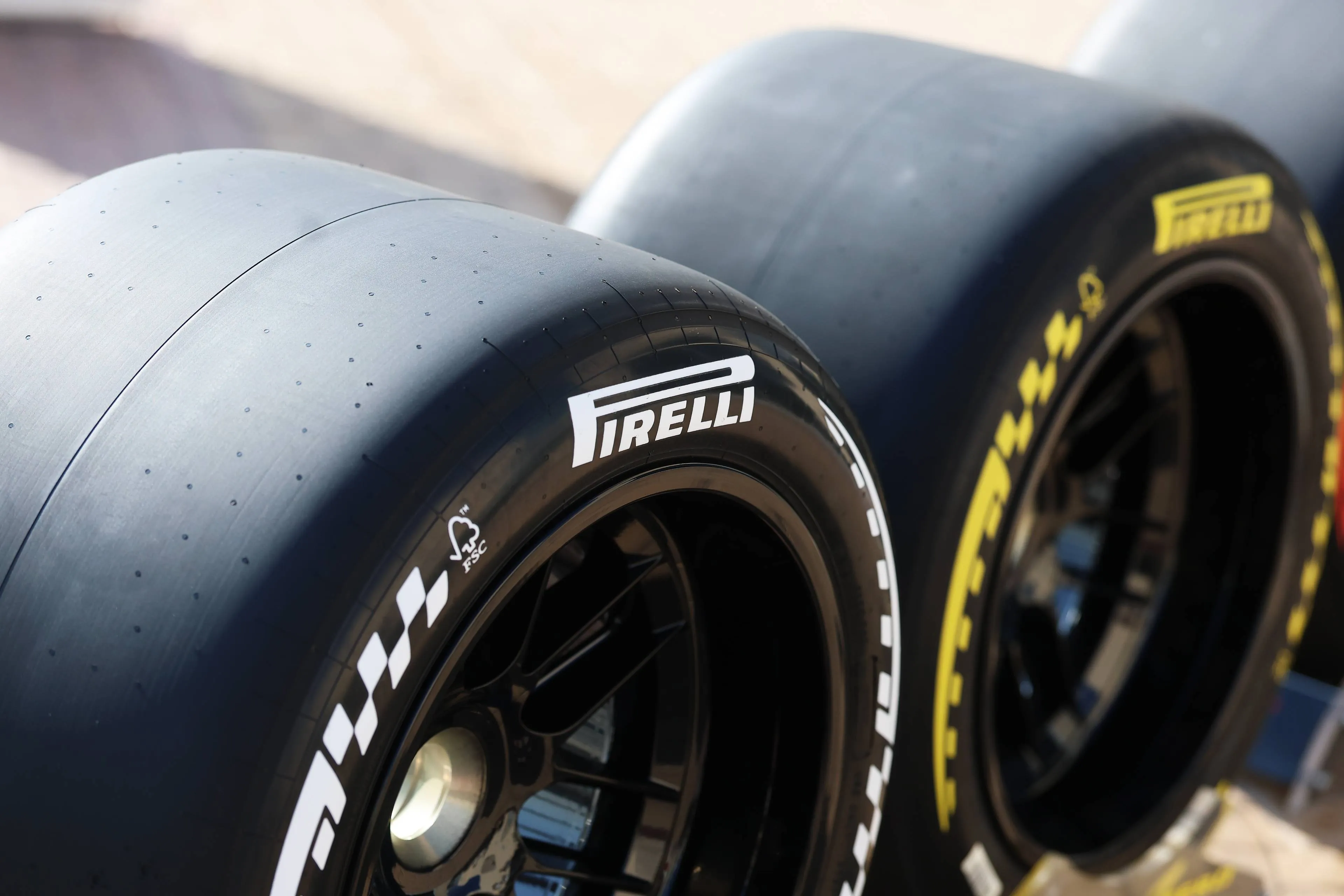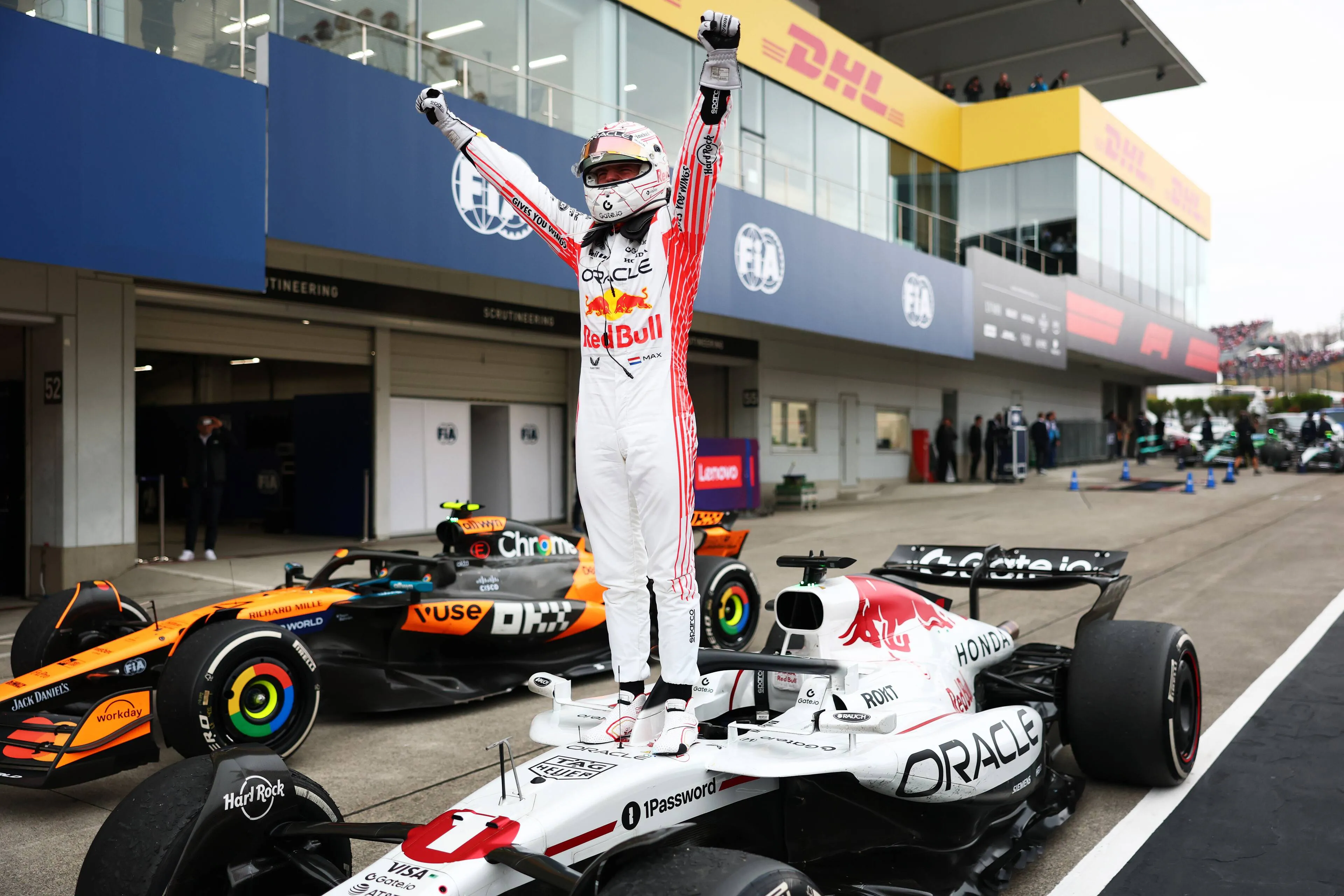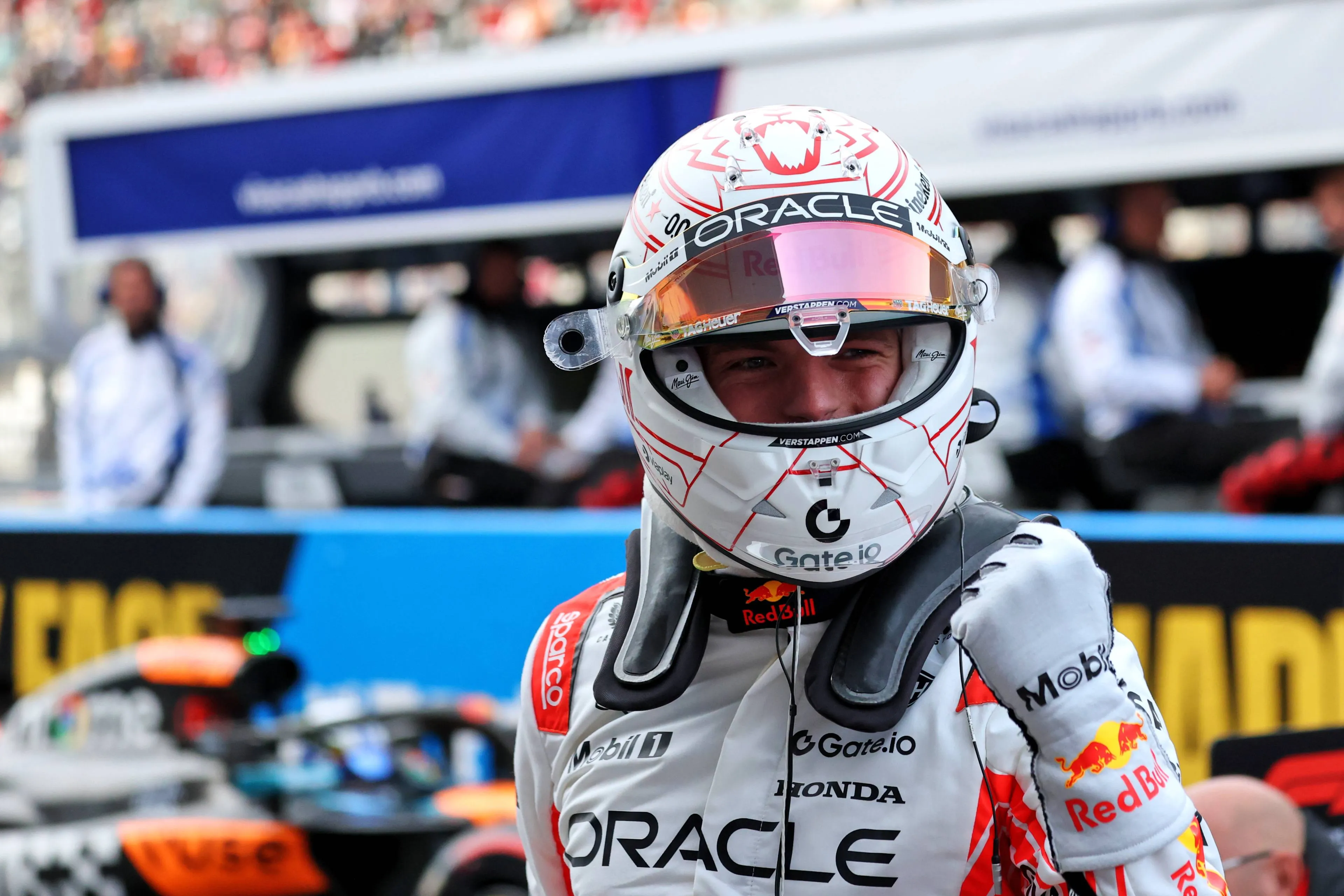Suzuka Circuit
The Suzuka Circuit in Japan is one of the most iconic and beloved tracks in Formula 1. Designed by Hans Hugenholtz, a Dutch engineer, it has a unique figure-eight layout that makes it stand out among other F1 circuits. Suzuka, originally built in 1961 as a test track for Honda, has hosted the Japanese Grand Prix since 1987, with a brief hiatus in 2007-2008 when the race moved to Fuji Speedway. After a two-year break in 2020-2021 due to the COVID-19 pandemic, Suzuka was back in action and ready to host the 2025 edition of the Japanese Grand Prix.
Suzuka Circuit layout
Suzuka's layout is unique—it’s the only figure-eight circuit on the Formula 1 calendar. Both fans and drivers love Suzuka, often calling it one of the most complete tracks in terms of layout. Overtaking, however, can be a bit tricky due to the relatively narrow sections of the circuit. One of the longest straights is followed by a corner that can be taken flat out, which means the track features only one DRS zone.
A lap around Suzuka begins downhill between Turns 1 and 2—a challenging combination right away, as the driver must brake for Turn 2 while still steering through Turn 1. From there, drivers head into the S-curves and on to the two Degner corners. The first Degner can nearly be taken flat out, but braking is essential before the second. Drivers then pass through a short tunnel heading into the third sector. After the hairpin and the tricky Spoon corner, the cars accelerate toward 130R. This left-hand kink used to be one of the toughest corners on the calendar, but with modern F1 cars it can now be taken flat out with ease.
Iconic races at Suzuka
The circuit is especially famous for the legendary battles between Ayrton Senna and Alain Prost. Twice they clashed in Japan while both were still in contention for the championship. In 1989, Senna attempted an overtake on Prost, who blocked him. The two collided, and Prost retired from the race. Senna rejoined the track in an illegal manner and was later disqualified, handing the title to Prost.
One year later, in 1990, the drama continued. This time Senna was leading the championship and would win the title if Prost failed to score points. Senna secured pole position but was forced to start from the dirty side of the grid after the FIA refused to switch the starting spots. Prost, starting second, took the lead at the start. Senna immediately tried to retake the lead in Turn 1, resulting in a collision between the two. Both drivers retired, and Senna walked away with the world championship.
In the 2005 Japanese Grand Prix, Kimi Räikkönen delivered one of his greatest drives in Formula 1. Starting from 17th place, the Finn stormed through the field and overtook race leader Giancarlo Fisichella in the final lap to take an unforgettable victory.
Lewis Hamilton at Suzuka
With four total victories at Suzuka, Hamilton has not quite snatched the record at this track yet. Michael Schumacher still holds the most victories in Japan with a total of six. Hamilton has had some memorable races here, such as a rain-soaked Japanese Grand Prix in 2014, where he won the race for the first time. In 2017, he had a long battle with Max Verstappen. The Dutchman was unable to pass the Brit, and finished one second shy of the winner. The seven-time world champion hasn’t been able to win this race since 2018, as it has become a somewhat dominant track for Verstappen by now.
Popular on GPBlog

1
Max Verstappen reveals plans for the 2026 season after Mercedes switch
1325 times read
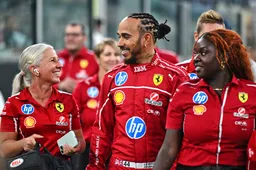
2
F1 champion declines Ferrari 2025 judgment amid ‘hate mail’ fears
900 times read
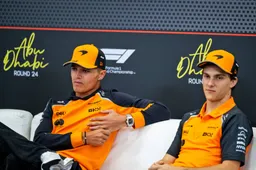
3
Piastri put on the spot by Australian TV with Lando Norris question
833 times read

4
Verstappen stars in photoshoot as fans draw strange conclusion
710 times read
Loading
